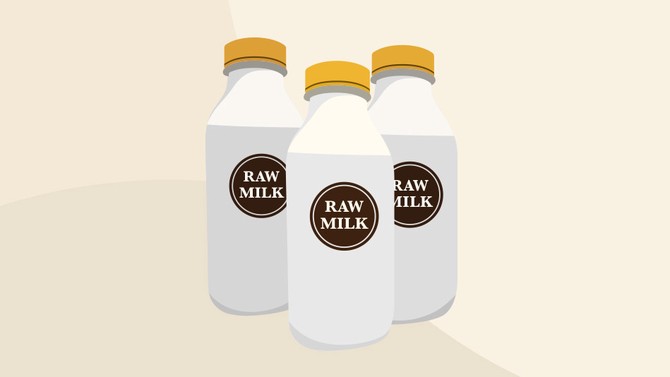The 10 Craziest Health Trends of the Past 40 Years
A lot of great things have happened to our health since the 1970s (Running for fun! Plant-based diets! Personalized medicine!), but these 10 fads deserve to be left in the past.
By Emma Haak
Raw Milk
The Idea: Fans of raw milk, also known as "real" milk, say that skipping the pasteurization process makes for greater anti-microbial and immune-boosting properties.
The Problem: Pasteurization kills potentially harmful pathogens that come from contamination or sick cows, which is why the U.S. government banned raw milk from being sold or distributed across state lines in 1987. Individual states had the final say on whether it could be sold within their borders though. Eight more states have given it the okay within the past 11 years, bringing the total tally of states where you can buy raw milk to 30, with several others allowing cowshare agreements, where you chip in for a cow's care and get a portion of its unpasteurized milk in return. There were 81 outbreaks associated with non-pasteurized milk between 2007 and 2012 (a 4-fold increase over 1993 to 2006), resulting in 979 illnesses and 73 hospitalizations. (Potential culprits that are nixed by pasteurization: salmonella, E coli and campylobacter, the ingestion of which has been linked, though rarely, to Guillain-Barré syndrome or temporary paralysis.)
The Lesson: If you're after the beneficial bacteria that pasteurization destroys, there are less dangerous ways to get it, Roizen says. Try probiotic-rich yogurt or kefir instead.
Published 09/01/2015


